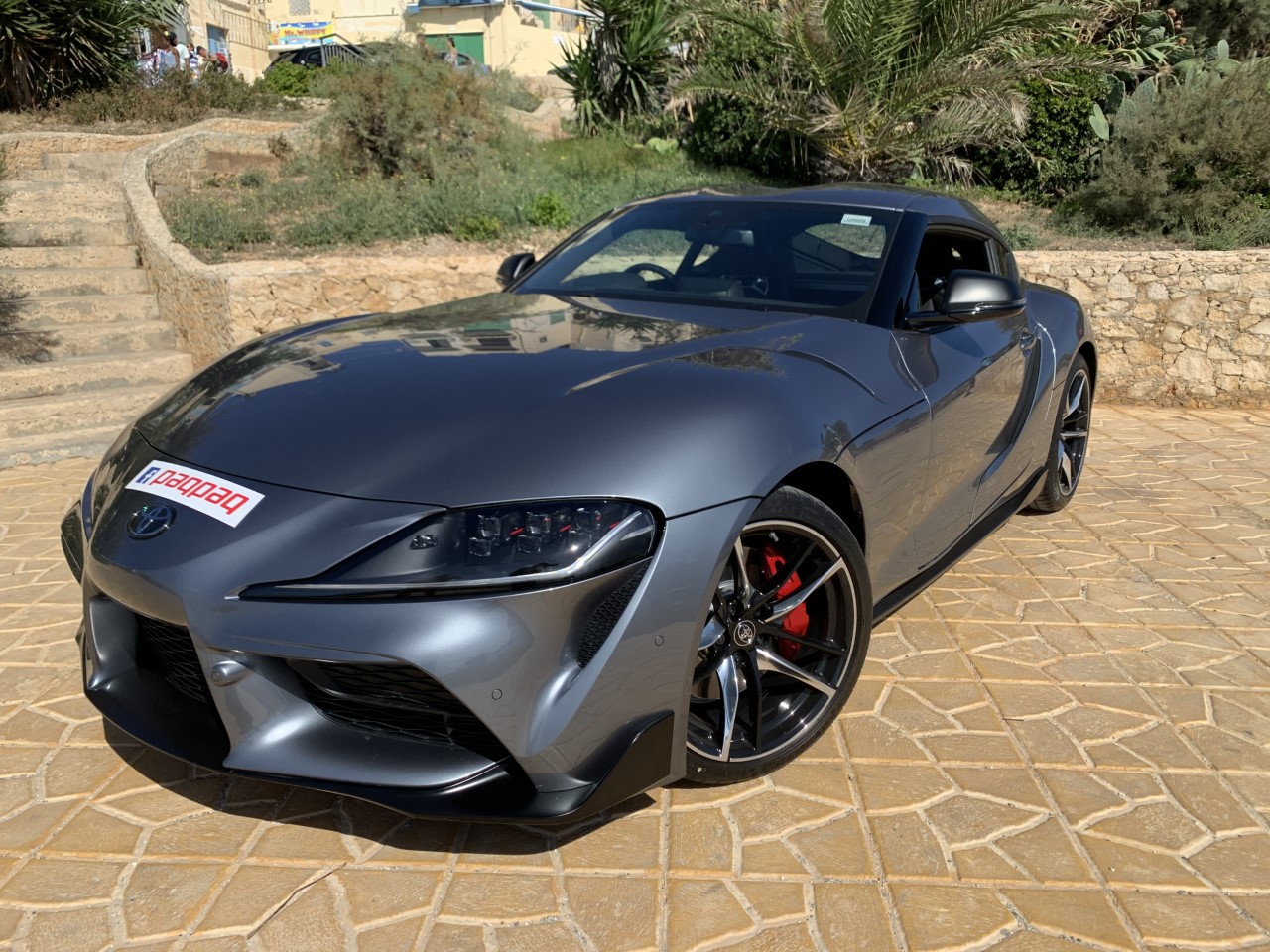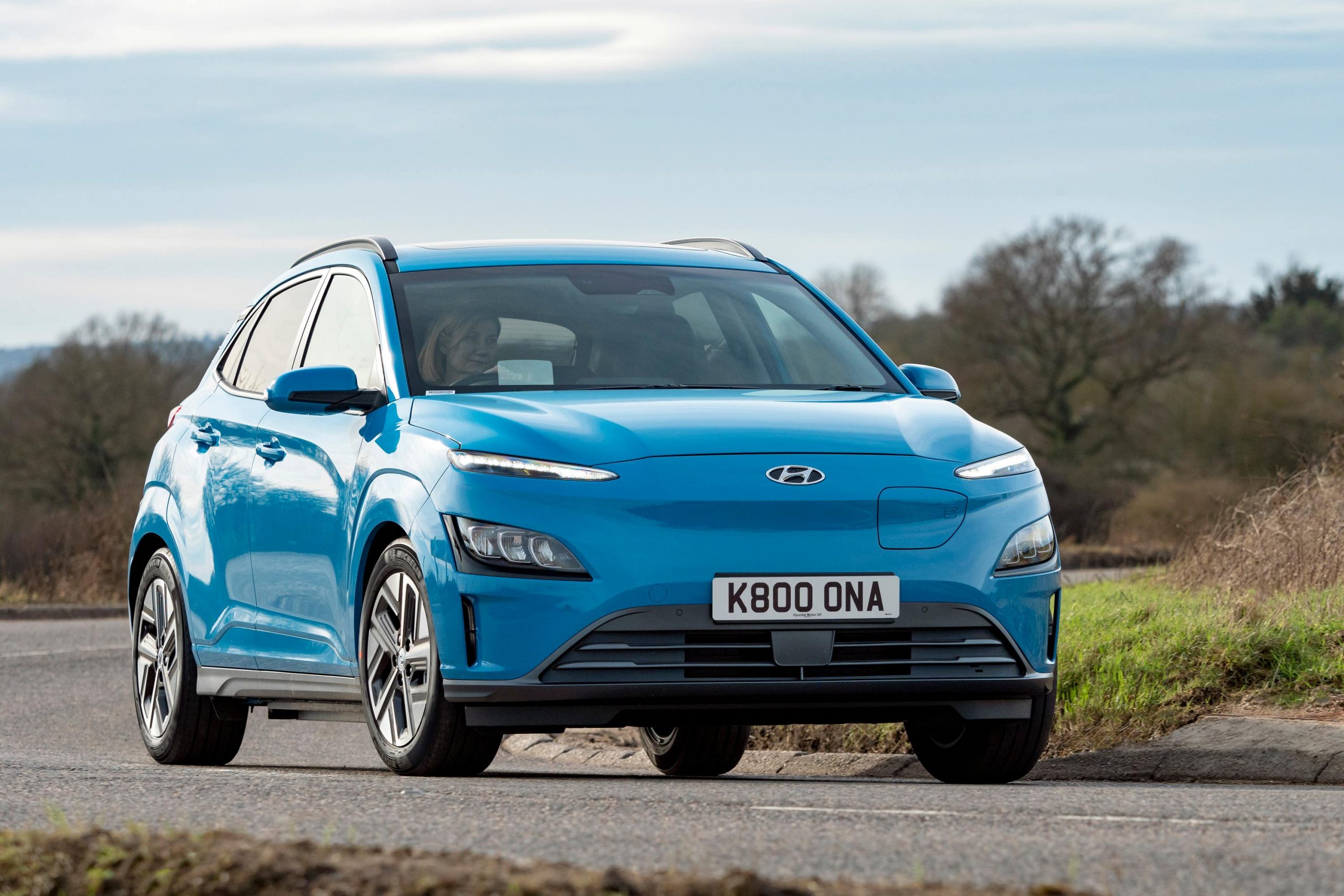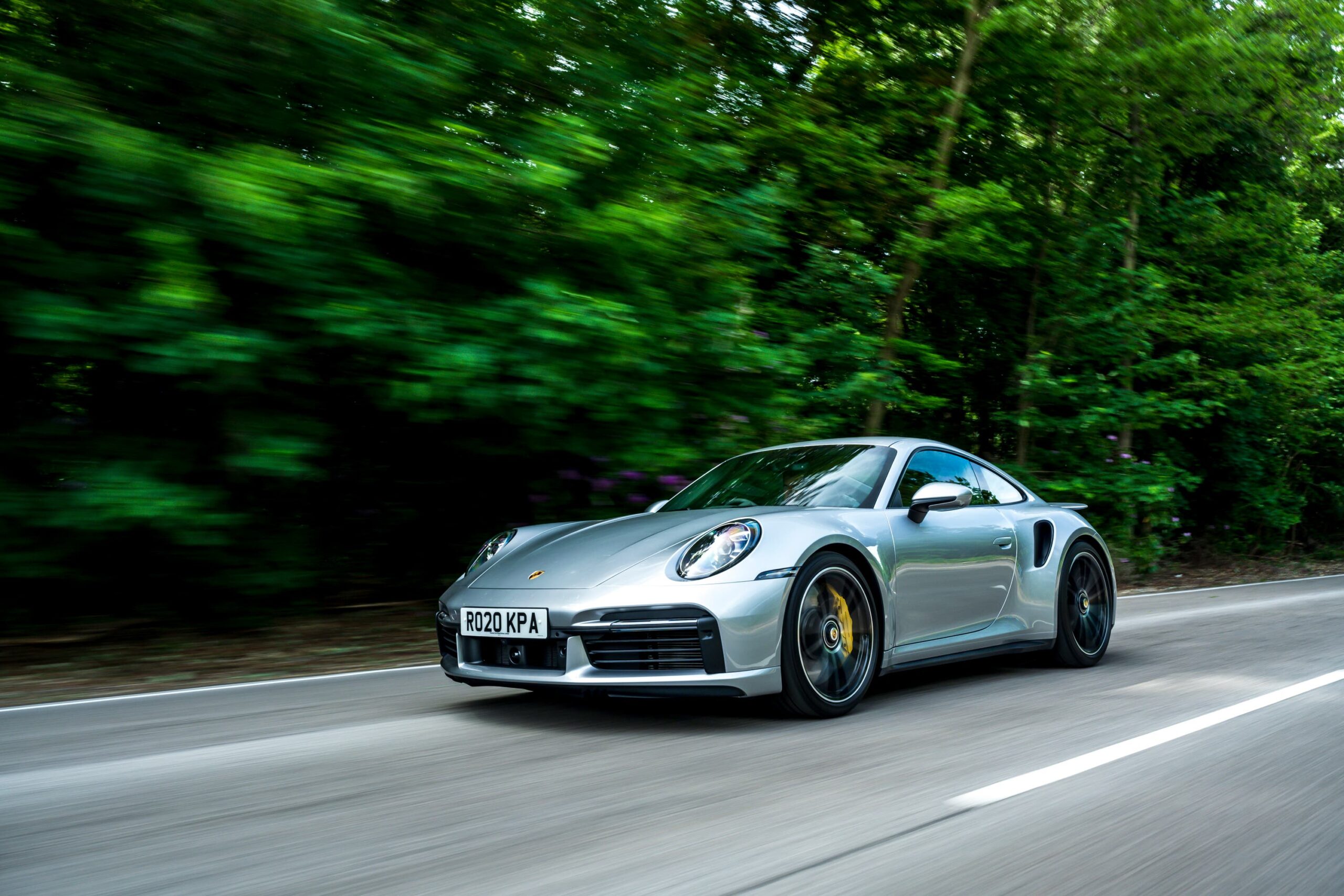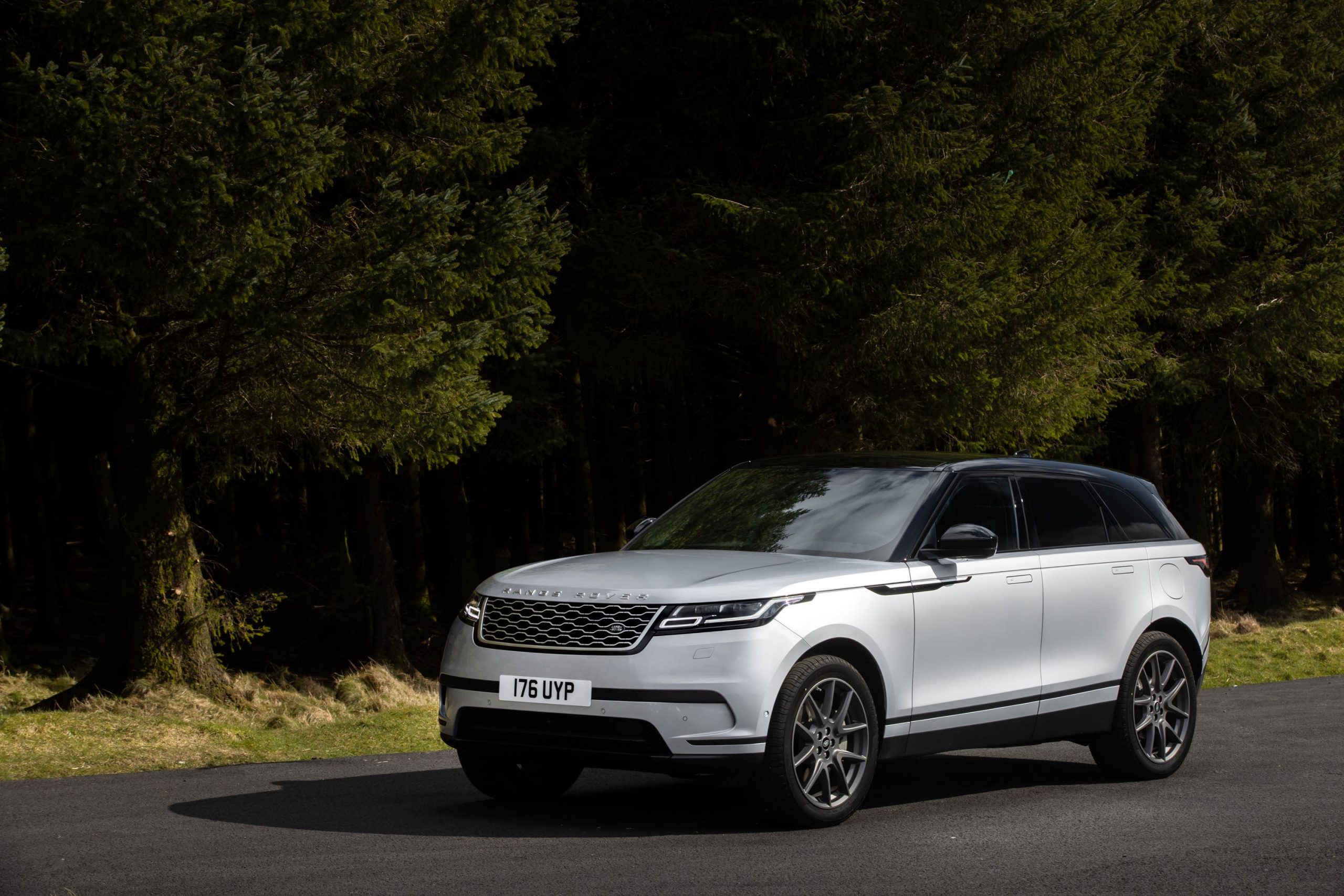The new Toyota Supra brims with a cutting-edge powertrain, chassis and multimedia technology, says Tonio Darmanin
The Toyota Supra made its debut in 1978 and over four generations remained in production until 2002. However fantastic and iconic the car was, Toyota could not make a commercial case to keep on serving this niche market and it was eventually withdrawn.
Fast forward to 2019 when Akio Toyoda and his team had a difficult decision to make. The company could not justify developing the Supra on their own so it was either creating a collaboration or not having the model at all.
Thankfully they opted for the former and given that the most important component for a Supra was a powerful and bulletproof straight six engine, the natural choice was BMW. This company was in the same predicament with its Z4 model so the collaboration was a marriage made in heaven.
The two finally agreed that engine, chassis and running gear used will be BMW’s but beyond that both teams developed the car separately, with Toyota relying heavily on Gazoo Racing for tuning and optimising performance. This is the first Supra not built in Japan but has been entrusted to Magna Steyr who also build the Mercedes G Wagon and the Jaguar I Pace, among others.
Driving enthusiasts can look forward to an exhilarating blend of power, precision and agility thanks to a rear-wheel-drive design that honours Toyota sports heritage with its low centre of gravity and optimal weight balance. Toyota tried to maintain a strong connection to Toyota’s 1967 2000 GT and 1993-2002 Supra in both design and mechanical configuration. Yet, the 2020 Supra is a fully forward-looking sports car, brimming with a cutting-edge powertrain, chassis and multimedia technology.

By defining specific performance and handling targets early in development, Toyota Gazoo Racing in Japan defined the Supra with its own driving characteristics. While posting the kind of performance numbers that excite enthusiasts, the new Supra will reward drivers of all skill levels with a thrilling sports car feel, even in everyday driving.
Toyota president and master driver Akio Toyoda tested the Supra on the Nürburgring and other racing venues to give his personal feedback to ensure this new model would exceed the expectations of Supra fans across the globe.
The Supra features a 3.0-litre turbocharged inline six that will produce 335hp and 365 lb-ft of torque. The torque comes on strong from very low engine speeds, thanks to a combination of a twin-scroll turbocharger, direct fuel injection and continuously variable timing on both the intake and exhaust camshafts. Engine response is further enhanced thanks to the inline six’s variable intake valve lift system that adjusts intake valve timing and duration.
“Engine response is further enhanced thanks to the inline six’s variable intake valve lift system”
The eight-speed automatic transmission delivers quick up- and downshifts and features paddle shifters for manual control when desired. Short ratios for the lower gears and a launch control function, which is not intended for use on public roads or for repeated short interval use, enable powerful acceleration with maximum traction. Toyota estimates 0-60 mph acceleration in 4.1 seconds, which makes it the quickest Toyota-branded production vehicle to date. Top track speed is electronically limited to 155mph.
The new Supra offers two driving modes, normal and sport. Sport mode sharpens throttle response, increasing steering weight, improving transmission shift crispness, more aggressive active differential tuning and amplifying exhaust sound.
Traction mode is part of the vehicle stability control system and when selected provides track-driving capability by reducing intervention of the traction and stability control functions. Launch control is available when the vehicle is in sport and traction mode.
For performance driving enthusiasts, the Supra will have an active differential that uses an electric motor and multiplate clutches to control lateral torque. The active differential precisely controls torque distribution between the rear wheels, with stepless variable locking from 0-100 per cent. The differential can control torque distribution between the rear wheels when cornering under both acceleration and braking, enabling greater momentum through a corner.
The Supra design delivers a 50:50 weight balance while optimising front-to-rear aerodynamic balance. Toyota sports car heritage is evident throughout. The double-bubble roof design, for example, recalls the Toyota 2000 GT and it reduces drag by shaving the roof centre to reduce the projected frontal area without sacrificing occupant headroom.
The front fascia was inspired by the fourth generation Supra, yet is even more expressive, with a prominent central grille section flanked by large air intakes. In the rear, the prominent, arching rear integrated spoiler, which helps to suppress aerodynamic lift, pays homage to the tall rear wing that was available on the fourth generation Supra Turbo. The trapezoidal rear bumper shape conveys a dynamic sense of movement toward the tires.
The six-lens LED headlights integrate both daytime running lamps and turn signal functions to create a distinctive lighting signature for the new Supra. The rear combination lamps feature a purposeful structure with the turn, tail, and stop functions integrated into the distinctive main ring shape. The backup lamps feature white LEDs located in the centre of the lower bumper.

The 3.0 grade has a 6.5-inch display with Bluetooth and iPod capability, as well as Alcantara seats. Navigation and JBL Audio will be an available option. The 3.0 Premium I drove, on the other hand, featured an upgraded 8.8-inch wide-format touchscreen display with Navigation, Supra Connect telematics services, supports wireless Apple CarPlay, a premium 12-speaker JBL audio system, wireless phone charging, a colour head-updisplay and heated, leather-trimmed seats.
The 2020 Supra cockpit deftly blends traditional GT elements with ultra-modern functionality. The low, narrow-section dash gives the driver expansive forward visibility, ideal for precisely placing the car in corners.
A high-definition colour display forms the instrument panel, projecting a large-diameter, three-dimensional meter dial that seems to float over it. The single-metre design consolidates information necessary for performance driving, such as the tachometer and shift-timing indicator, enabling the driver to easily focus on critical control information through the small-diameter steering wheel.
The display’s easy-to-read layout puts multimedia information, including audio and available navigation, on the right side. An available full-colour head-up display projects vital driving and navigation information ahead of the driver.
Toyota designers took a fresh approach to designing the centre console, giving it an asymmetrical shape that tightly envelops the driver, with a padded pillar that serves as a right leg bolster. The passenger’s side of the console, meanwhile, is open for a roomy feel, yet also features kneepads for bolstering in corners.
The centre console tightly groups controls for sports driving. The climate control panel protrudes from the centre dash, easing operation and helping to keep the eyes on the road.
Toyota Gazoo Racing had a specific vision when developing Supra. High structural rigidity, a low centre of gravity and 50:50 weight distribution were paramount to Toyota’s goal of achieving neutral cornering balance. For example, during testing Toyota identified nine areas of the vehicle’s rear structure to be reinforced to increase rigidity.
Toyota also specified spring and shock absorber tuning for the new double-joint spring strut front suspension and multi-link rear suspension. Likewise, Toyota set specific parameters for the Supra’s stability control system performance.
The front suspension subframe and control arm mounting points are extremely rigid to yield precise cornering characteristics. Aluminium control arms reduce unsprung weight, resulting in superior agility and efficiency. High-performance wheel hubs feature increased stiffness and optimized kinematics. For precise handling, Supra features a variable assist and variable ratio sport-tuned electric power steering.
The multi-link rear suspension with a five-arm construction consists of lightweight aluminium to reduce weight while steel is employed in key areas for added strength and durability. The rigid rear subframe and bracing that connects it to the body structure help ensure extremely precise wheel control. Supra will come standard with 19-inch forged alloy wheels. The rear wheels and tires are wider than on the front (rear tires: 275/35R19; front tires: 255/35R19) to enhance grip, and performance Michelin Pilot Super Sport tires are fitted. Brakes are large at all four corners, highlighted by 13.7-in. front rotors held by 4-piston Brembo calipers.
Standard on all Supras is Adaptive Variable Suspension which instantly adjusts damping force in response to driver input and road conditions. Two settings for the suspension are available – normal and sport.
The so-called purists might take issue with a lot of factors that in their view contribute to the feeling that this new Toyota is not worthy of bearing the Supra badge. I look at thing from another angle. In this world of hybrids, electrification, autonomous driving and vehicle sharing, the new Supra is a breath of fresh air. It has all the ingredients to make for a capable sports car and is the best fun I have had on four wheels for some time.










